This guide provides key facts about Charleston, plus an interactive map to help you plan your trip. I also share the story of what inspired me to visit Charleston.

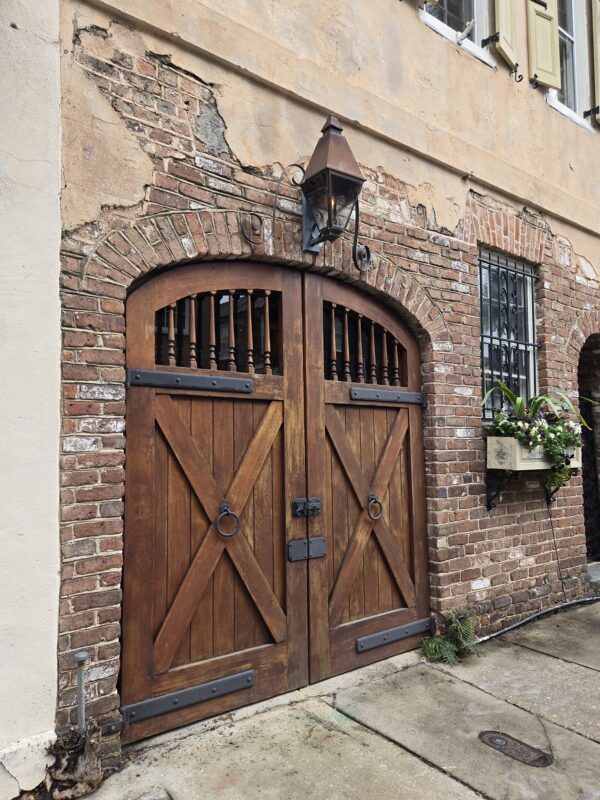

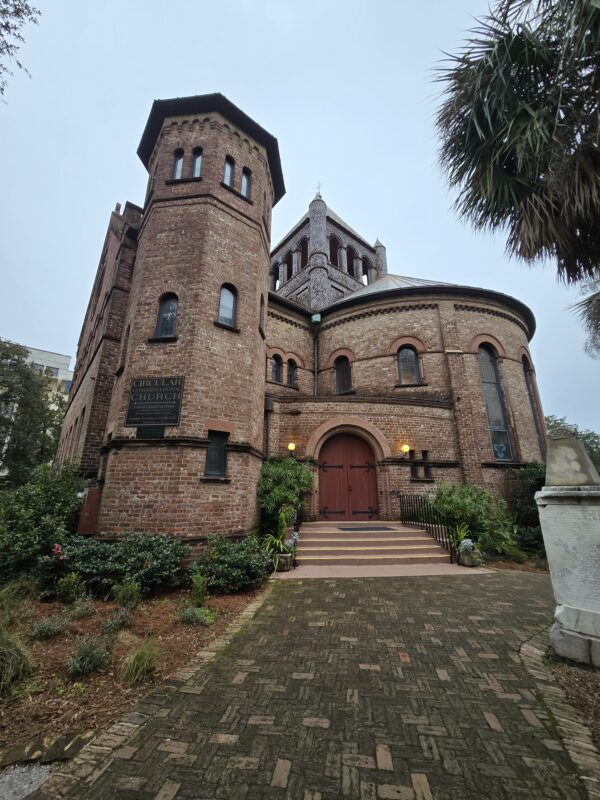
When I was thinking of places to visit in 2025, Charleston was the first domestic destination that came to mind. I love history, and Charleston is the ideal place to visit for those who are passionate about the subject. From the city’s early years as home to several Native American tribes to its pivotal role in the American Revolutionary War and Civil War, Charleston is steeped in a rich and fascinating history that is shared through its beautiful historic homes, well-curated museums, and interesting walking tours.
Located along South Carolina’s coast, Charleston is a charming city, especially “the peninsula” where one finds cobblestone streets, stately historic homes, quaint inns and shops, beautiful views of the harbor, and the picturesque French Quarter. In other areas of the city, visitors can explore gardens, beaches, state parks, more historical sites, and the oldest tea garden in North America.
For my four-day trip to Charleston, my original plan was to catch the ferry to Fort Sumter (located on an island in Charleston Harbor), take a walking tour of the historic district, explore a handful of museums and historic homes, and visit the McLeod Plantation Historic Site. Sadly, the weather did not cooperate; one day of torrential downpours made it impossible to go sightseeing, followed by a second day of more rain. I had to nix my visit to the McLeod Plantation and was not able to explore the White Point Garden. I also did not make it to the Market Hall or several churches I was interested in visiting.
The biggest highlight of the trip was the journey to Fort Sumter, where the American Civil War started in 1861. From the scenic 30-minute ferry ride to the opportunity of raising the American flag over the fort alongside the park rangers, my visit to this site was very insightful and memorable.
The following are the places I visited during my trip to Charleston.
(I will link each site to a destination guide as they are published.)
- Fort Sumter and the Fort Sumter Visitor Center
- Museums ~ The Charleston Museum, Powder Magazine Museum, Old Slave Mart Museum, South Carolina Historical Society, Old Exchange and Provost Dungeon
- Historic Homes ~ Aiken-Rhett House Museum, Joseph Manigault House, Heyward-Washington House, Nathaniel Russell House Museum
When is the best time to visit Charleston?
In January and February, the weather tends to be cool and sunny, and there are fewer crowds. Summer brings the warm weather that is perfect for the beach and water activities like sailing. Fall gives you the chance to experience fall foliage. During December, Charleston turns into a winter wonderland with festive lights and decorations and plenty of holiday cheer.
Two perks of visiting Charleston during January are “Restaurant Week” and “Museum Mile Month”. Restaurant Week was a great way to enjoy 3-course meals in some of the best eateries in the city. Museum Mile Month provided an opportunity to visit several must-see attractions through the purchase of a discounted pass.
Stay tuned for the destination guides on these two great experiences!
Interactive Travel Map
This is a map I created via My Maps in Google while planning my itinerary to Charleston. It shows the location of my hotel plus the various restaurants and sites I visited. There are a few places I missed out on exploring, but I have left them on the map for your reference.

Fellow adventurers can use this map as a guide when planning their trip to Charleston. Click on each icon for more information on the location, such as address, phone number, and website. You can also select the option to view the site in Google Maps.
Check out this travel guide to learn how to create your own My Maps for your next trip.
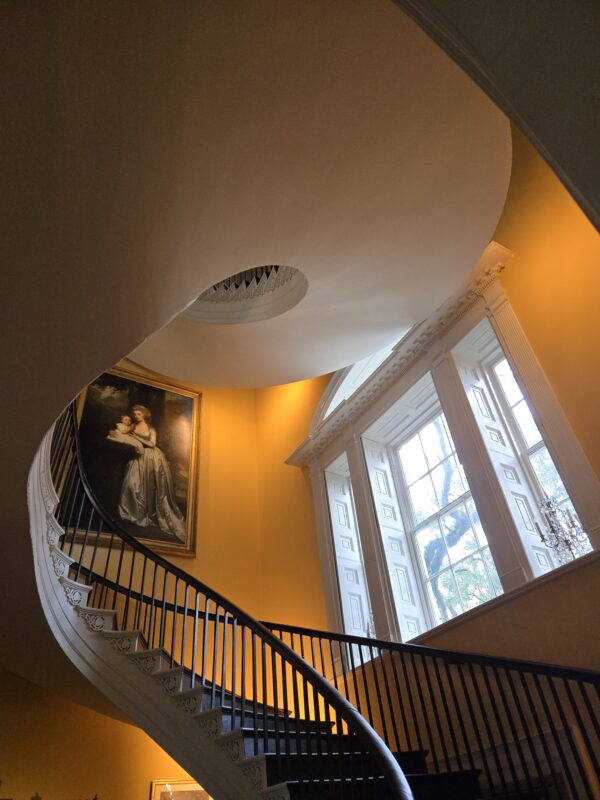
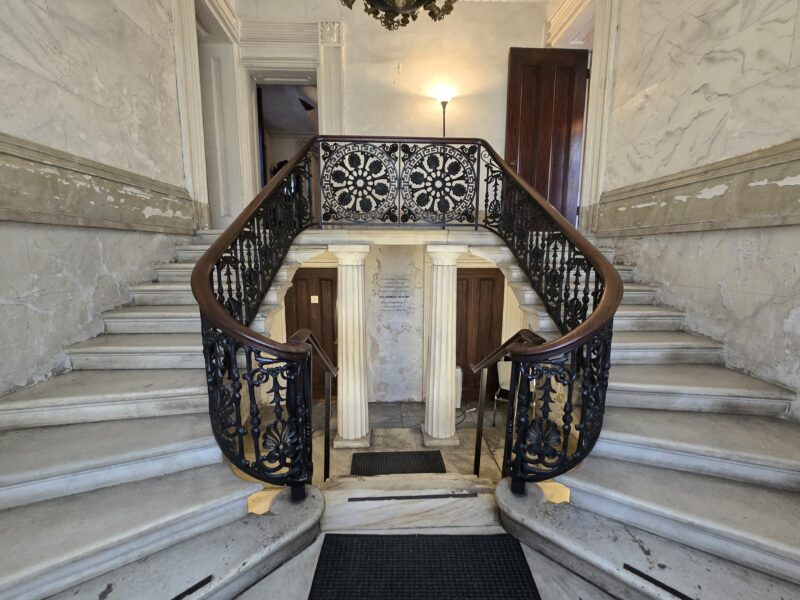

Key Facts
Language: In Charleston, English is the main language, but many Uber drivers speak little to no English. Be mindful of this fact if an Uber driver has trouble understanding you or is not very talkative.
Transportation: Charleston offers a free bus service (DASH) that runs three routes throughout the peninsula. I used this service a handful of times to save money, and it was a mixed experience. The bus was late several times, once by about 15 minutes. On a positive, the buses were clean. As for Uber, I used the service a few times and found it to be very reliable in Charleston. There is the option of renting a car, but parking may be limited during peak times and travel seasons. Note that many historic sites are within walking distance of each other, so one doesn’t need to depend on a car, public transportation, or rideshare all that much unless interested in visiting places outside the peninsula.
Currency: The US Dollar. For foreign visitors, credit cards are accepted in most places, and there are a handful of ATMs around the city.
Weather: The spring and fall seasons have cool, pleasant weather, while summers tend to be hot with a higher chance of rain (note that some historical sites do not have A.C.). It gets cold in the winter, but it generally does not snow in Charleston. I visited the city in mid-January; the first 3 days, it was 50° (F) during the day, and the final day, due to the cold front, it was 32° (F) and windy. Evenings were around 40° (F).
Safety: Now to an important topic everyone has in mind – safety. Is Charleston a safe city? I felt super safe walking around Charleston and taking public transportation, even at night. I think it is a great city for solo travelers.

Excited about Charleston and ready to book a trip?
Visit my posts about the sites and activities you can experience in Charleston, which include notes on what to expect, admission discounts, accessibility information, and much more. I also have posts about lodging and dining in Charleston.
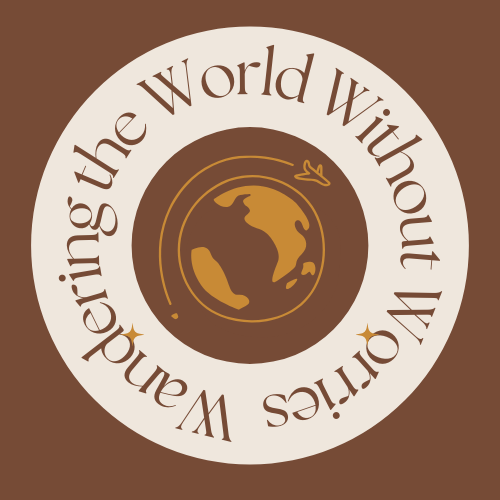

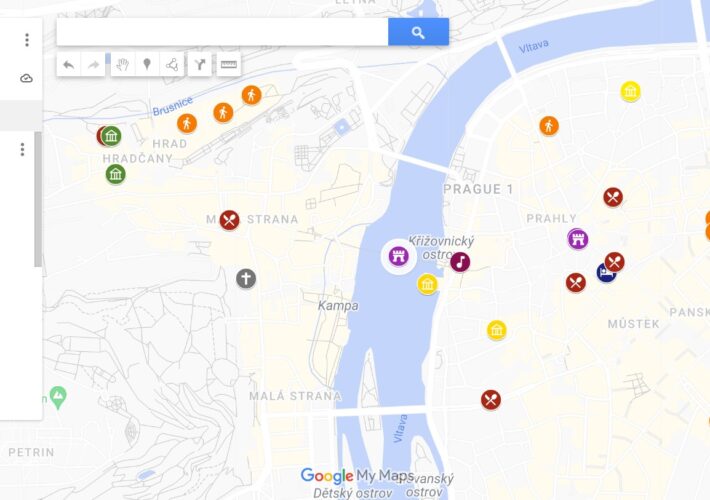
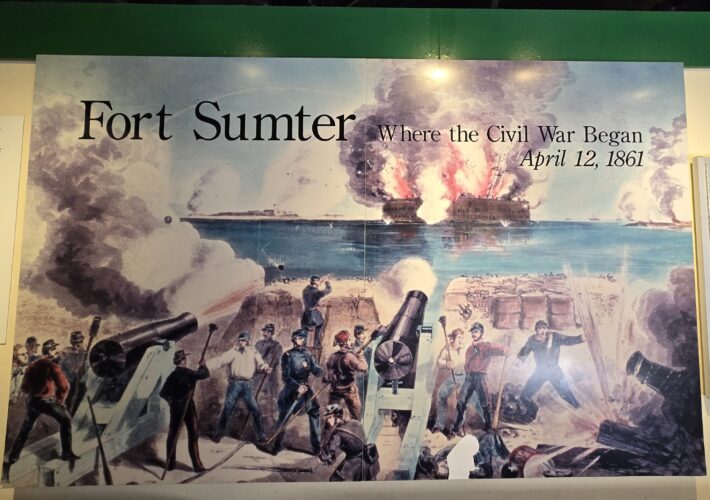
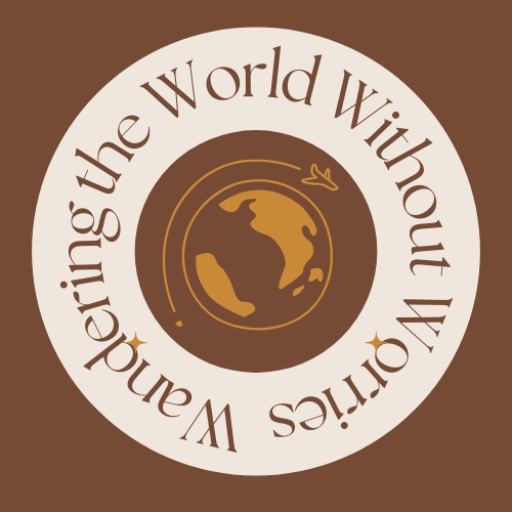

Leave a Comment